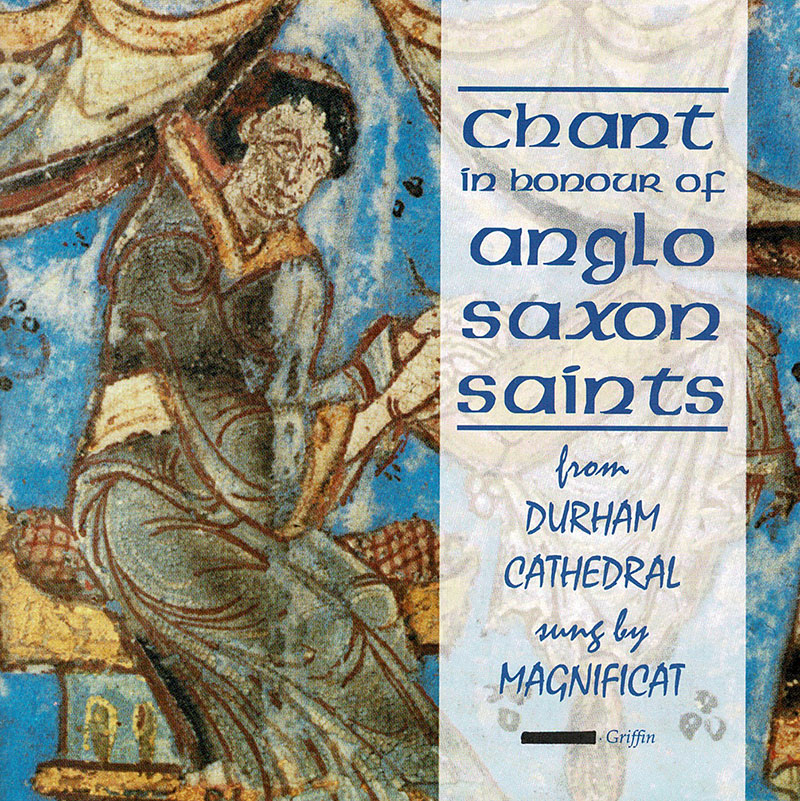Logowanie
KOLEKCJE!
BACH, CHOPIN, LISZT, MOZART, GRIEG, Dinu Lipatti, Otto Ackermann, Ernest Ansermet
The Master Pianist
PROKOFIEV, CHOPIN, TCHAIKOVSKY, SCHUMANN, BEETHOVEN, Martha Argerich, Claudio Abbado, Giuseppe Sinopoli
The Concerto Recordings
The Collection 2
Jakość LABORATORYJNA!
ORFF, Gundula Janowitz, Gerhard Stolze, Dietrich-Fischer Dieskau, Deutsche Oper Berlin, Eugen Jochum
Carmina Burana
ESOTERIC - NUMER JEDEN W ŚWIECIE AUDIOFILII I MELOMANÓW - SACD HYBR
Winylowy niezbędnik
ClearAudio
Essence MC
kumulacja zoptymalizowana: najlepsze z najważniejszych i najważniejsze z najlepszych cech przetworników Clearaudio
Direct-To-Disc
PIAZZOLLA, ChamberJam Europe
Tangos del Ángel y del Diablo
Direct-to-Disc ( D2D ) - Numbered Limited Edition
Magnificat, Philip Cave
Chant in honour of Anglo Saxon Saints

- Gaudeamus universi ecclesie filii
- Videns ergo vir beatus
- Regnas Augustine
- Hodie Anglorum and Magnificat
- Laudet dominum, In translatorem
- Gloriosa dispensatione
- Ignea in spera
- Alme concrepent
- Dum iactantur puppes
- Quandam vexatum demone
- Qui de rupe prompsit aquam
- Magnus miles mirabilis
- Legem dedit rex crudelis
- Resectum ergo de corpore
- O martyr invincibilis
- Dunstanus archiepiscopus
- Hodierna resonent gaudia
- Sanctus sub sancto Dunstano
- Factus abba
- Rex Edgarus
- In pagina
- Ab ignis inuria
- Dulce studium
- Wulstane presul inclite
- Magnificat - choir
- Philip Cave - conductor
This renowned choral group sings plainchant and Gregorian amongst twenty-five pieces from the time of Gregory the Great to Wulfstan of Worcester. c.540 to 1095. In the Middle Ages, when the anniversaries of local patron saints were to be celebrated, it was customary to read passages from their life story (Vita) and sing chants on the same topic, very often setting to music sentences from the Vita. In many cases a complete cycle of chants was composed for the office hours (Vespers, Matins, Lauds) and Mass, perhaps as many as forty pieces of music in all. The chants on this recording are all of this type, almost all composed in England, and all transcribed here from medieval English manuscripts. They bear witness to the infinite capacity of chant to renew itself while yet remaining true to its essential nature, the perfect vehicle for singing the praises of the glorious company of saints throughout Christendom. The chants are performed in chronological order of the saints whose praises are being sung. At the start we are called upon to rejoice with the English church, which reveres St. Gregory as initiator of England's conversion to Christianity. In No. 2, the episode is recalled where the saint noticed the fair Angle children in the slave-market. Nos. 3 and 4 praise St. Augustine, sent by Gregory as a missionary to the Angles and Saxons. Kyneburga and her sister Kyneswitha were daughters of the fearsome heathen king Penda of Mercia. They converted to Christianity, Kyneburga founded the convent of Castor in Northamptonshire and was succeeded as abbess by her sister. With their kinswoman Tibba they were later buried at Peterborough. Some of the many miracles associated with St. Cuthbert of Lindisfarne are referred to in Nos. 8-13: his vision of the soul of St. Aidan being carried up to heaven, stormy waters being healed by his prayers, his healing of a woman possessed by a devil, his bringing forth of water from the barren Farne Island. The martyr King Edmund brings us face to face with the disasters of the Norse invasions, while St. Dunstan takes us into the period of recovery in the later tenth century. Some episodes in Dunstan's life are of special musical interest. The responsory to No. 17 tells of a dream in which he heard angels singing a Kyrie chant, while No. 18 refers to the occasion when his harp miraculously began to play by itself the antiphon Gaudent in celis. St. Ethelwold of Winchester was a monk under St. Dunstan at Glastonbury (No. 19), was made abbot of Abingdon (No. 20) and then appointed by King Edgar to be Bishop of Winchester (No. 21). He was renowned for his learning, as the following three antiphons indicate. (It is probably due to his initiative that some of the earliest of all English musical manuscripts were written, at Winchester.) St. Wulfstan, Bishop of Worcester, was one of the few Englishmen to retain high office after the Norman conquest. ©David Hiley.

























